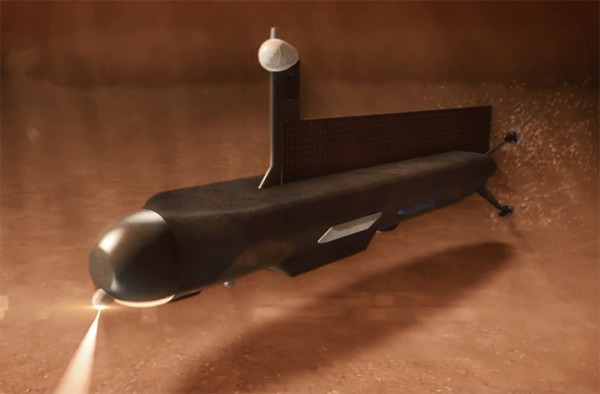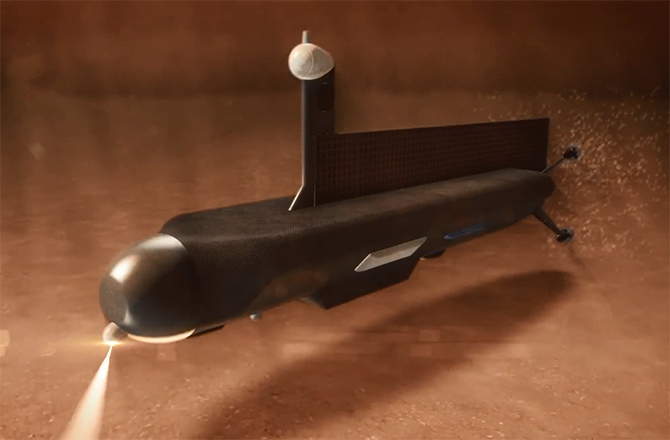
On June 30, 2004, the Cassini spacecraft from NASA entered orbit around Saturn and immediately began to send back to earth a mountain of exciting data about the planet and its environs. Cassini’s observations of Titan have whetted the appetites of scientists around the world as it may just give us a glimpse into what Earth might have looked like before life evolved. The data indicates that Titan shares many features similar to earth such as lakes, rivers, channels, dunes, rain, snow, clouds, mountains and possibly volcanoes.
Titan has an atmosphere that has methane cycles similar to our water cycles – methane rains from clouds and fills rivers and seas. It is the largest of these seas, Kracken Mare, that is being targeted for investigation into introducing a submarine to reveal the area’s secrets. Kracken Mare provides a challenge to the brightest of researchers as it is no bucolic lake with gentle breezes. It’s a freezing cold methane lake with temperatures estimated to be close to the freezing point of methane (90 Kelvin or -298 degrees Fahrenheit). Any craft that enters this environment would have to be specifically and rigorously engineered to survive these extreme conditions.
At this year’s Innovative Advanced Concepts (NIAC) Symposium, a Titan submarine concept was showcased by NASA Glenn’s COMPASS Team and researchers from Applied Research Lab. It is designed to be submersible and to make a 2000 kilometre journey lasting around 90 days. Whilst many of the engineering challenges posed by this project have been solved during the research into previous unmanned missions to other planets, Titan will still pose a formidable adversary. Any vehicle exploring its methane lakes will need sophisticated engineering in both hardware and software. (Discovery News)
It is awesome to think that NASA engineers will soon be able to move this project from the drawing board into building and launching such a probe – delving into the cocktail of elements that make up Titan’s seas. A glimpse into the chemistry that may have existed here on Earth so many millennia ago will provide fascinating insights into the beginnings of our Solar System.
